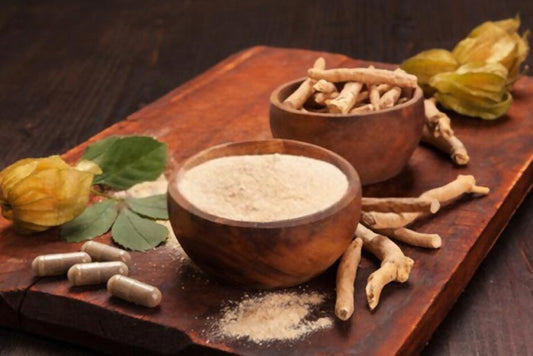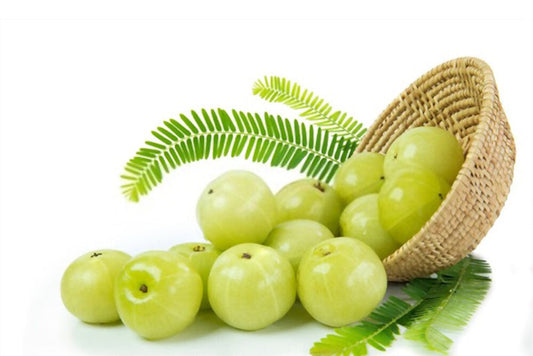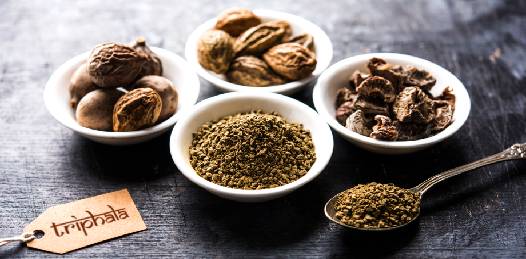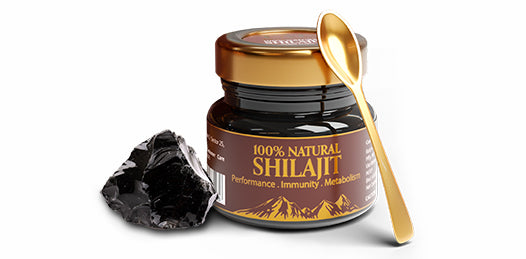
With the resurgence of interest in the relationship between spirituality and religion and health and medicine, Ayurveda has become one of the world's most ancient medical systems. Ayurveda literally means "The Science of Life"; it is a combination of the Sanskrit terms ayur (life) and veda (science or knowledge). At the core of Ayurvedic philosophy lies the concept of doshas - Vata, Pitta, and Kapha. These doshas are vital energies that control numerous physiological and psychological processes in the body. Understanding the unique characteristics, elements, and functions of each dosha is crucial to achieving optimal health and well-being.
Let's explore the three doshas' fascinating world and the role they play in Ayurveda.

Introduction to three doshas:
According to Ayurveda, every individual has a distinctive Prakriti, or constitution, which is made up of their unique blend of doshas and determines how their body operates to maintain good health. When the body's tridoshas are in balance or equilibrium, it is healthy; when they are out of balance or equilibrium, it is diseased state, or Vikriti. Ayurveda, in contrast to other medical practices, places equal emphasis on maintaining a person's health and treating disease. The five elements of the universe, also known as “Panchmahabhutas"—ether, air, fire, water, and earth—make up our body. These five elements are expressed by the three doshas namely- vata, pitta & kapha that are present in our body,
- Vata - ether and fire.
- Pitta - water and fire.
- Kapha- air and water.
Vata -
Everything in our body depends on Vata, just as life depends on air to exist on Earth. It is often referred to as the "king" of the doshas as it controls essential bodily functions like - movements of the cytoplasm and cell membrane, heartbeat, blood pressure, respiration, blinking, muscles, and tissues. Individuals' dominant in Vata are typically creative, energetic, and enthusiastic. However, when Vata is imbalanced, it can lead to anxiety, restlessness, and digestive issues.
It has the following features:
- Dry
- Rough
- Subtle
- Mobile
- Cold
- Light
Pitta -
Pitta is the transformational force that drives digestion and metabolism. The metabolic processes of the body, such as digestion, absorption, assimilation, nutrition, metabolism, and temperature, are all under its control. Pitta promotes intellect and contentment in a healthy condition, but in an unbalanced state, it can also induce ulcers and incite anger, inflammation, and irritability.
It has the following characteristics-
- Hot
- Light
- Sharp
- Oily
- Acidic
- Moving
Kapha :
Kapha embodies the stabilizing and nurturing force within the body. It hydrates the skin, lubricates the joints and bones, replenishes the body's tissues with water, and supports the immune system. People with a dominant Kapha dosha tend to be kind, steady, and patient. However, an imbalanced Kapha can cause emotional attachment, tiredness, and weight gain.
It has the following characteristics-
- Heavy
- Cold
- Unctuous/Oily
- Soft/Gentle
- Sweet
- Stable/Steady
- Slimy/Viscous











